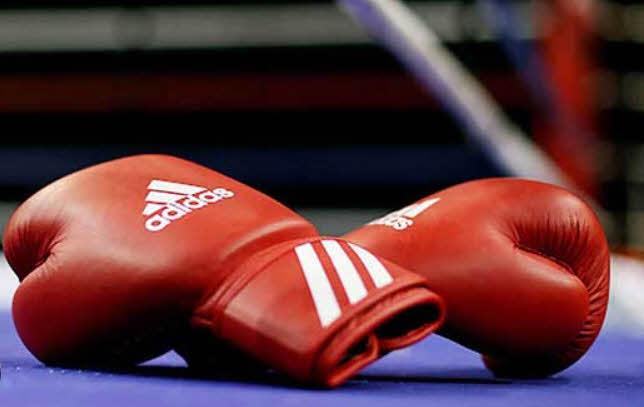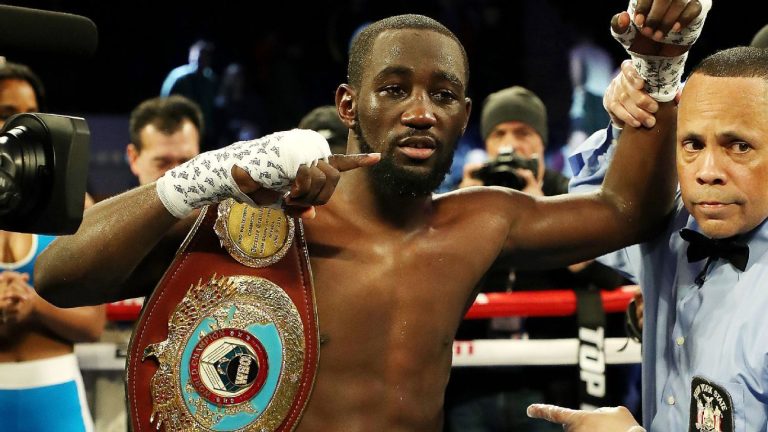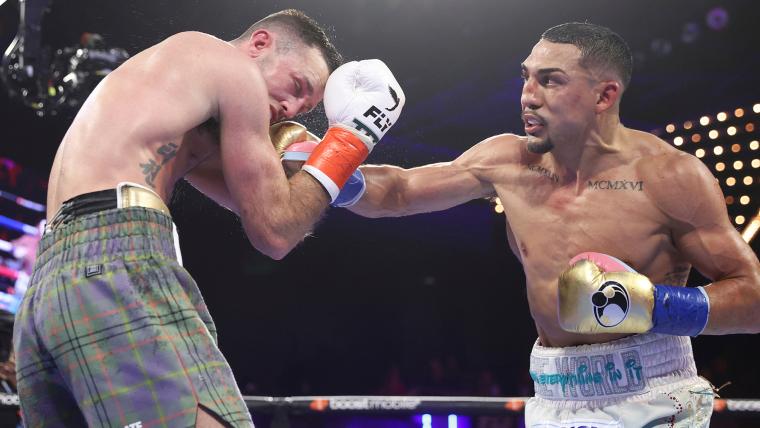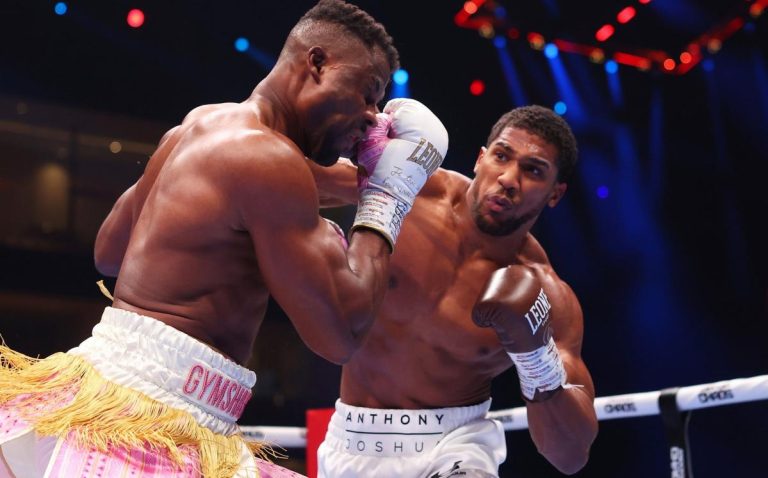Boxing – A Primer on Rules and Regulations

At first glance, boxing may appear as a straightforward contest: two pugilists in opposing corners vying to outlast each other within a predetermined timeframe. However, beneath this apparent simplicity lies a tapestry of rules, meticulously crafted to ensure the safety and fairness of the competition. 24hscore will help you better understand the much beloved sport – boxing
The Art of the Ring: Professional Boxing Rules
In the realm of professional boxing, matches unfold over a maximum of 12 rounds, each lasting three minutes, with a brief one-minute intermission between rounds. The primary mode of engagement is through precise punching with a clenched fist. Yet, this is a realm with distinct boundaries – strikes below the belt or directed at the back of an opponent’s head and neck are strictly forbidden.
The intricacies extend further. The ropes encircling the ring, often seen as mere boundaries, are not to be utilized for leverage. A code of honor governs the act of striking an opponent – a downed adversary is off-limits, reinforcing the spirit of fair competition.
Acknowledging the inherent physicality of the sport, provisions for unexpected contingencies exist. If a boxer endures a low blow, a grace period of up to five minutes is granted for recovery. This not only underscores the commitment to the well-being of the competitors but also adds a layer of strategic consideration.
In essence, professional boxing is a harmonious blend of physical prowess and adherence to a nuanced set of regulations. Each jab, hook, or uppercut is a dance within the confines of these rules, adding depth and strategy to what, on the surface, seems like a simple clash of fists.

Winning and Draw Scenarios in Professional Boxing
In the realm of professional boxing, victory manifests in distinct ways, presenting an array of potential outcomes that shape the final result.
Paths to Victory
1. Knockout (KO)
A fighter faces a knockout if they’re knocked down by their opponent and fail to rise within a count of ten seconds.
2. Technical Knockout (TKO)
This occurs when a fighter demonstrates an unwillingness to continue or when the referee, corner team, or medical staff decide to withdraw the boxer from the match before its scheduled conclusion.
3. Judges’ Scorecards
Three ringside judges contribute scores for each round, determining the victor based on cumulative scores. In instances devoid of a KO, TKO, or disqualification, the decision rests on the judges’ scoring.
Decisive Outcomes on Judges’ Cards
- Unanimous Decision: All three judges agree on the winning fighter.
- Split Decision: Two judges favor one fighter, differing from the third judge.
The Draw Conundrum
A bout concludes in a draw when no clear victor emerges from the judges’ scorecards. Varied scenarios define a draw:
- Split Draw: When one judge backs Boxer A, another supports Boxer B, and the third scores it as a draw.
- Unanimous Draw: If all three judges declare the fight as even.
- Majority Draw: When two judges see the match as a draw, but the third favors Boxer A, albeit with a slender edge insufficient for a win.
Disqualification Dynamics
Disqualifications occur when fighters violate rules or commit fouls, leading to automatic loss for the disqualified boxer. If both fighters breach rules, the bout results in a no contest. Most disqualifications stem from repeated intentional fouls like headbutting, low blows, or biting. Referees often issue verbal warnings before disqualification.
Technical Draws
In scenarios where fights are halted due to accidental injuries within four rounds, it’s deemed a ‘technical draw.’ Matches stopped after four rounds use judges’ scorecards at the stoppage time to determine the outcome.

Conclusion
Professional boxing unfolds as a mosaic of rules and potential outcomes, where each fight’s climax resides in the interplay of skill, strategy, and adherence to regulations, shaping the narrative of victory, draw, or disqualification.







